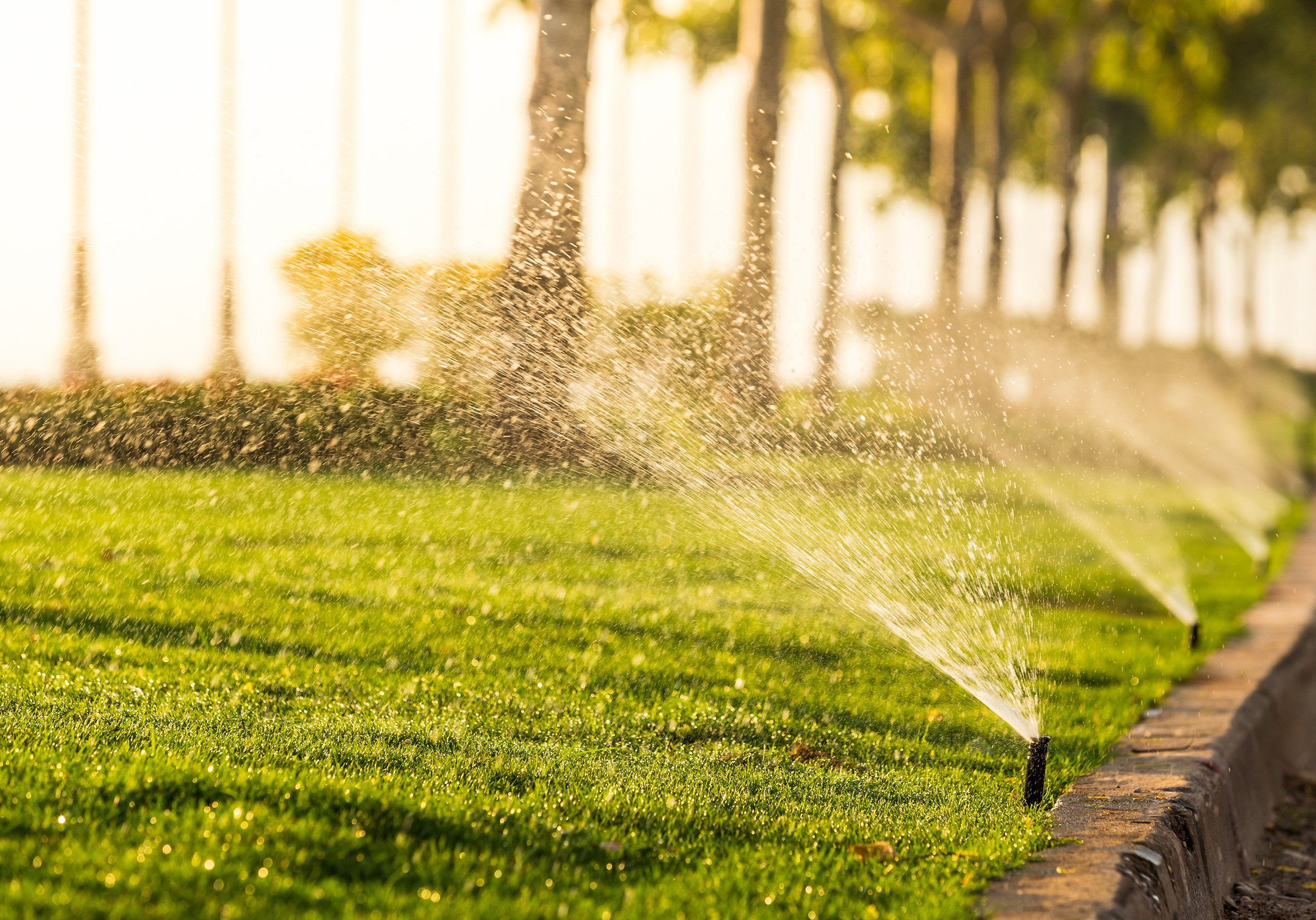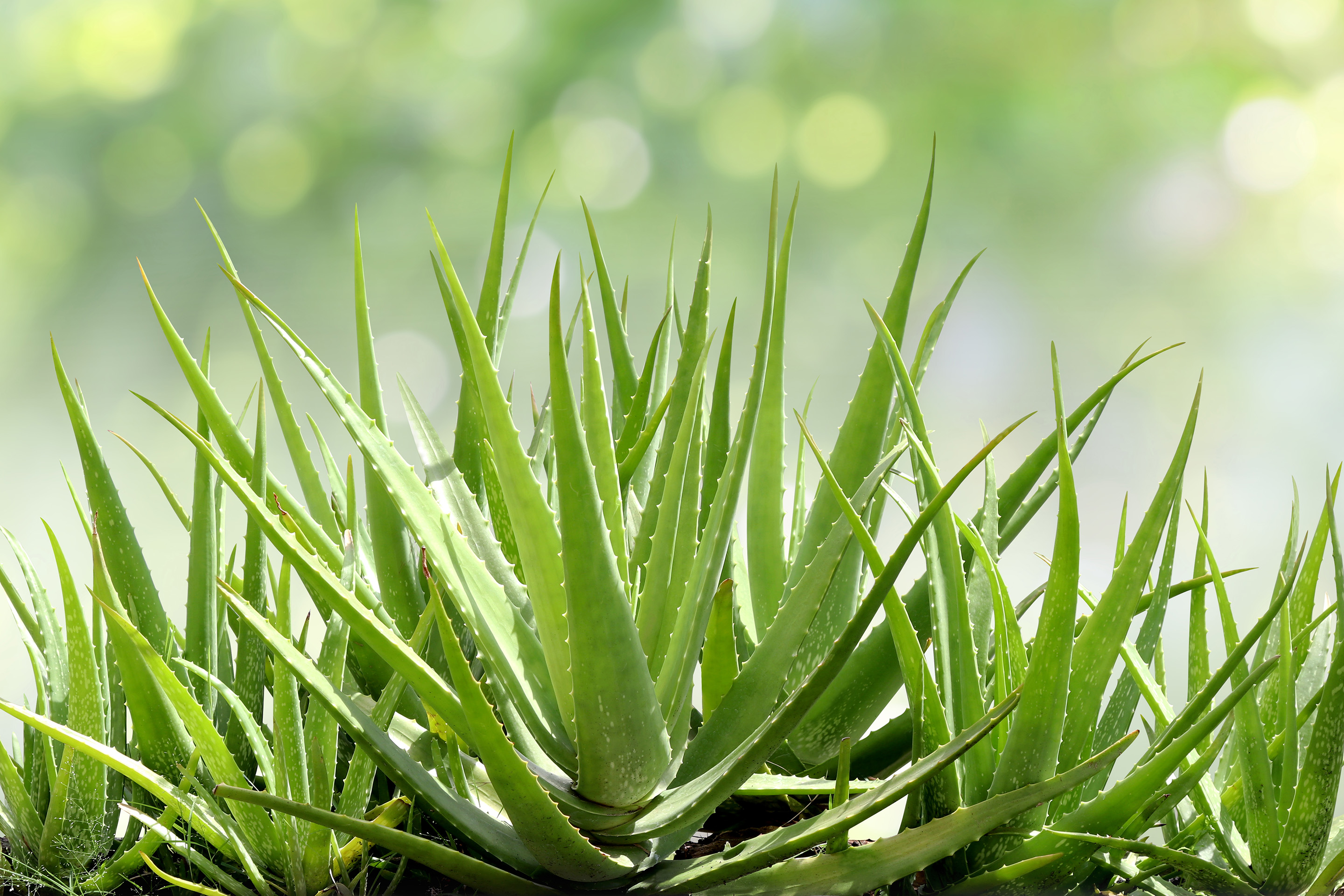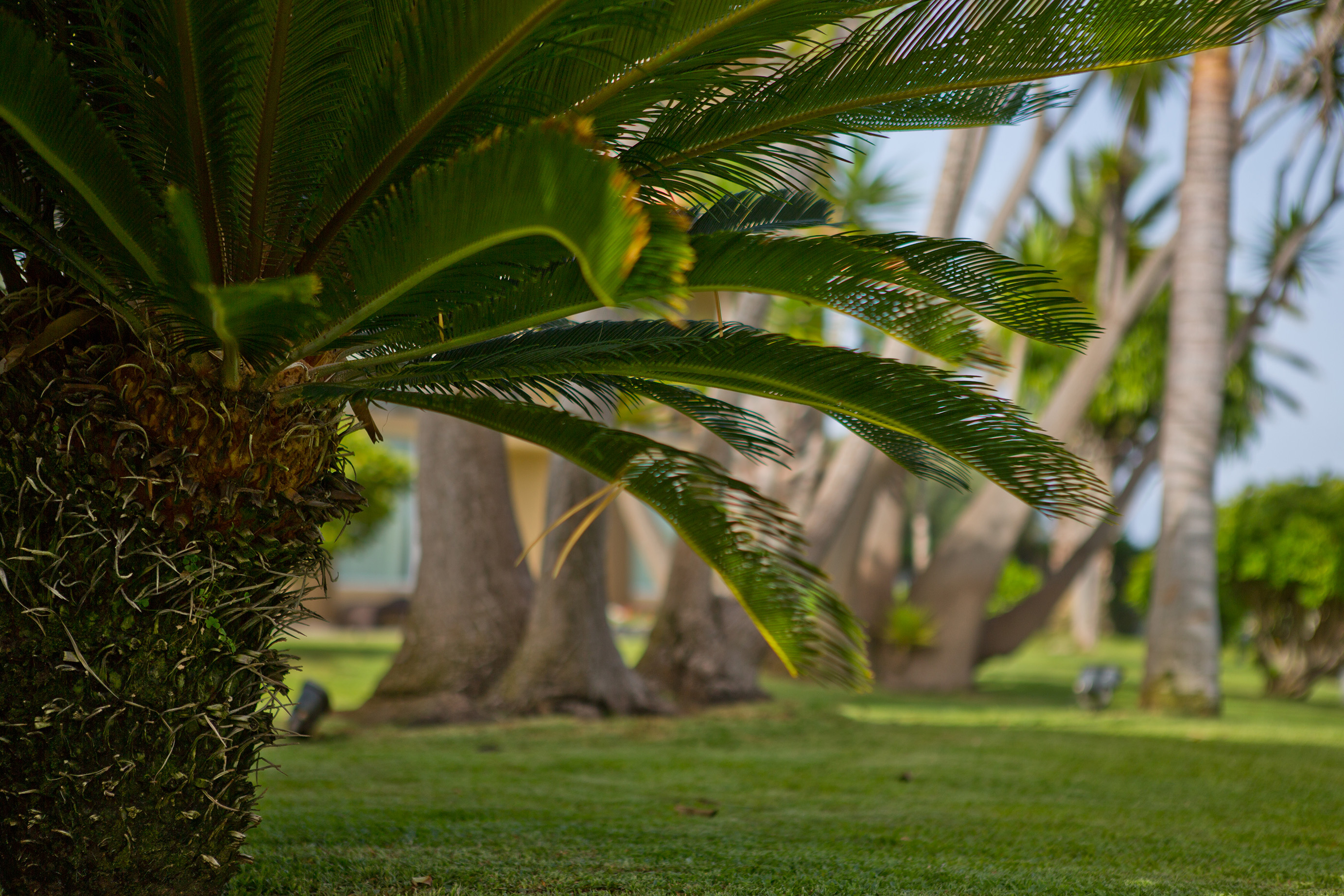Across the country, lawns consume almost 3 trillion gallons of water each year, 200 million gallons of gas for mowing, and 70 million pounds of pesticides. Whenever it rains or the sprinklers turn on, chemicals from fertilizers or pesticides can end up in the water that makes its way into our storm drains. To conserve water and keep our storm drains clear, consider replacing your lawn with these drought-tolerant plants.
Aloe Vera
Aloe vera has many uses and doesn’t require loads of water. It requires full sun exposure and does well in sandy, dry and well-draining soil. In Hawai‘i, aloe vera comes in handy as its gel is often used to treat burns. Its soothing, moisturizing, and cooling properties make it a great plant to keep in your garden.
Palms
There are thousands of species of palms to consider, some of which are tolerant to drought. Butia capitata, hyophorbe indica, normanbya normanbyi and ravanea lakatra are just a few. Palms can provide shade for a lawn or a garden, protecting smaller plants from the sun. By having a few drought-tolerant palms in your yard, you can help to keep the rest of your plants from drying out too quickly.
A‘ali‘i
‘A’ali‘i is a Native Hawaiian shrub with green leaves and small flowers. It is a tough plant with a strong root system and is very drought and wind-resistant once it has been established. Its female flowers become seed capsules that can come in red, pink, green, yellow, and tan, and many have used them to create haku lei.
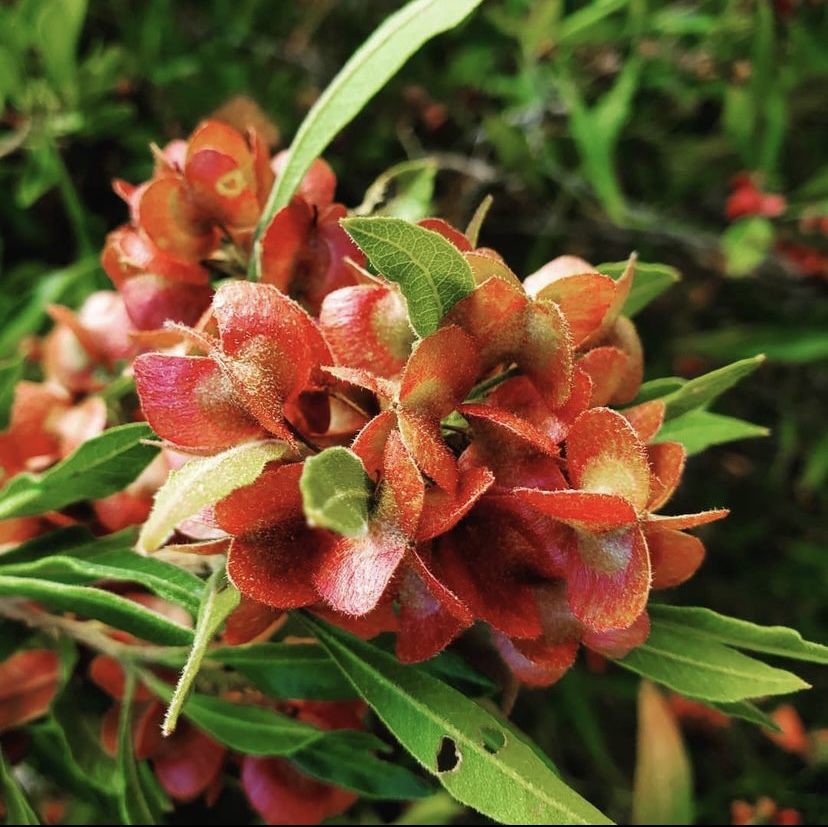
Kulu‘i
Another Native Hawaiian shrub, kulu‘i, is a drought and salt tolerant plant that can grow to be three to six feet tall. It comes from the dry slopes around Ka‘ena Point on O‘ahu. It is easy to grow from cuttings and will thrive in the ground or a large pot on a sunny lānai. Kulu‘i leaves can also be used for lei making. Native species require less maintenance than non-native plants and require less fertilization, which benefits our ocean and the environment in the long run.
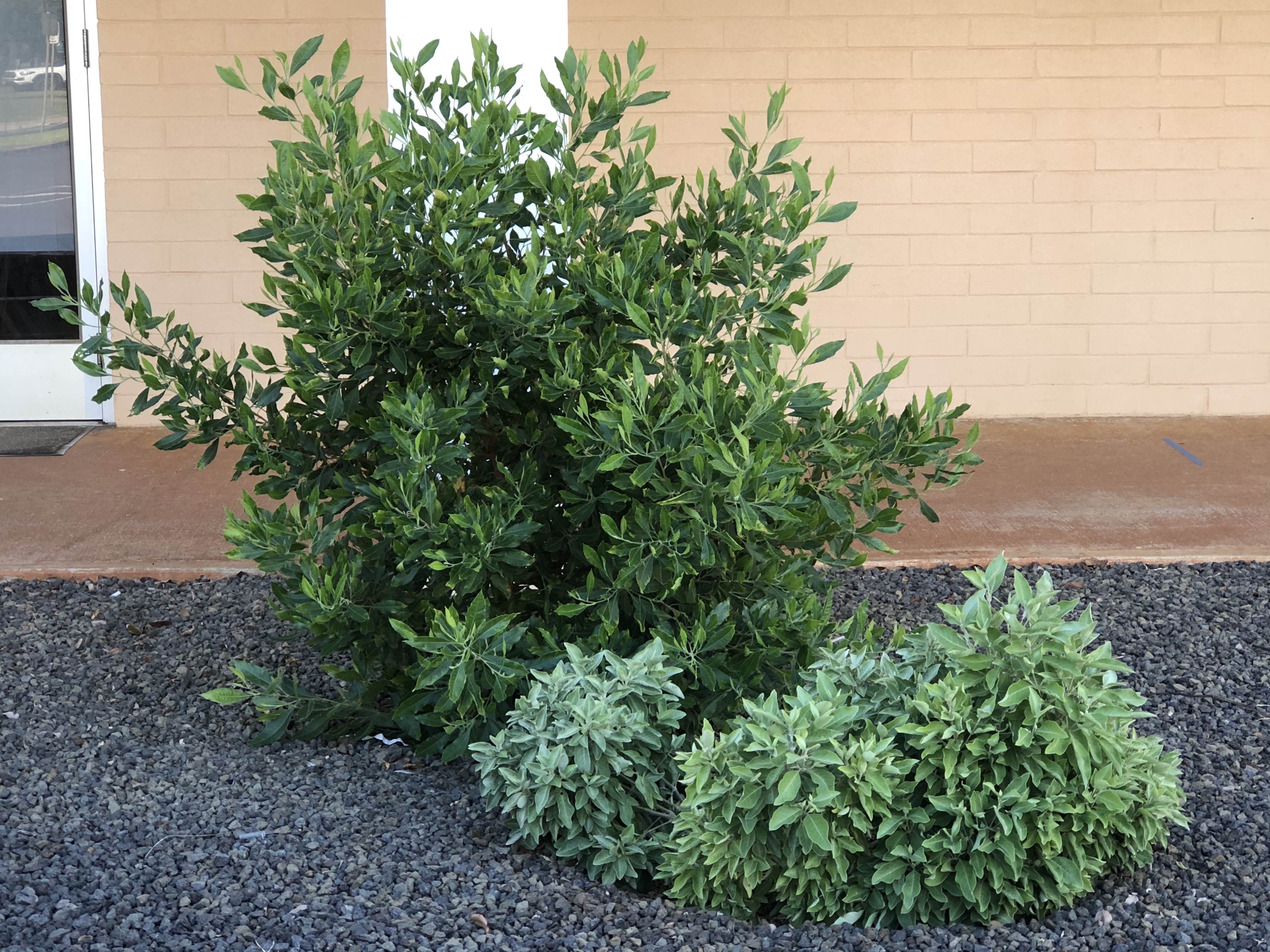
Sources: Natural Resources Defense Council, The Spruce, Healthline, Hawaiian Tropical Plants, Home Stratosphere, Native Plants Hawai‘i, College of Tropical Agriculture and Human Resources at the University of Hawai‘i at Mānoa
